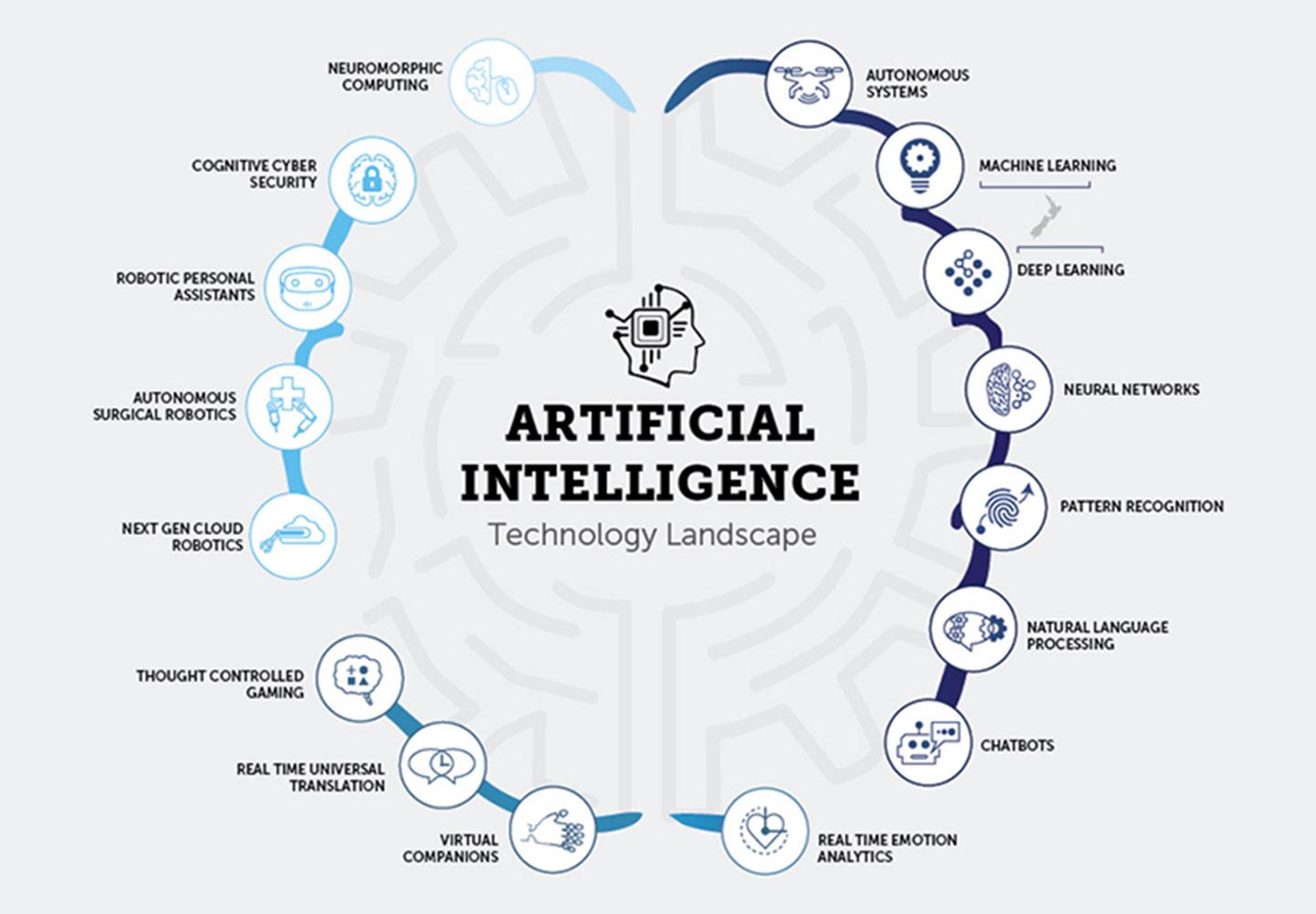
Tornadosrestaurant
Add a review FollowOverview
-
Founded Date December 16, 2011
-
Sectors General Labour
-
Posted Jobs 0
-
Viewed 25
Company Description
China’s Cheap, Open AI Model DeepSeek Thrills Scientists

These models produce reactions detailed, in a procedure comparable to human reasoning. This makes them more skilled than earlier language models at resolving clinical problems, and implies they could be beneficial in research study. Initial tests of R1, launched on 20 January, show that its efficiency on particular jobs in chemistry, mathematics and coding is on a par with that of o1 – which wowed researchers when it was released by OpenAI in September.

“This is wild and completely unanticipated,” Elvis Saravia, a synthetic intelligence (AI) scientist and co-founder of the UK-based AI consulting company DAIR.AI, composed on X.

R1 stands out for another factor. DeepSeek, the start-up in Hangzhou that developed the model, has released it as ‘open-weight’, suggesting that researchers can study and develop on the algorithm. Published under an MIT licence, the design can be easily reused however is ruled out totally open source, due to the fact that its training data have not been provided.
“The openness of DeepSeek is rather exceptional,” states Mario Krenn, leader of the Artificial Scientist Lab at limit Planck Institute for the Science of Light in Erlangen, Germany. By comparison, o1 and other designs developed by OpenAI in San Francisco, California, including its latest effort, o3, are “essentially black boxes”, he says.AI hallucinations can’t be stopped – but these methods can restrict their damage
DeepSeek hasn’t launched the complete expense of training R1, however it is charging individuals utilizing its interface around one-thirtieth of what o1 expenses to run. The company has actually also created mini ‘distilled’ variations of R1 to allow researchers with restricted computing power to have fun with the model. An “experiment that cost more than ₤ 300 [US$ 370] with o1, expense less than $10 with R1,” says Krenn. “This is a remarkable difference which will definitely contribute in its future adoption.”

Challenge models

R1 becomes part of a boom in Chinese large language models (LLMs). Spun off a hedge fund, DeepSeek emerged from relative obscurity last month when it launched a chatbot called V3, which surpassed major competitors, regardless of being built on a small spending plan. Experts estimate that it cost around $6 million to lease the hardware required to train the model, compared with upwards of $60 million for Meta’s Llama 3.1 405B, which utilized 11 times the computing resources.

Part of the buzz around DeepSeek is that it has actually prospered in making R1 in spite of US export manages that limit Chinese to the finest computer chips created for AI processing. “The reality that it comes out of China reveals that being efficient with your resources matters more than calculate scale alone,” says François Chollet, an AI researcher in Seattle, Washington.
DeepSeek’s progress recommends that “the viewed lead [that the] US as soon as had has narrowed substantially”, Alvin Wang Graylin, a technology professional in Bellevue, Washington, who works at the Taiwan-based immersive technology company HTC, wrote on X. “The two countries need to pursue a collaborative approach to structure advanced AI vs advancing the existing no-win arms-race technique.”
Chain of thought
LLMs train on billions of samples of text, snipping them into word-parts, called tokens, and finding out patterns in the information. These associations enable the model to forecast subsequent tokens in a sentence. But LLMs are susceptible to developing facts, a phenomenon called hallucination, and often battle to reason through problems.

